Creating a great passenger experience at London Luton Airport
- Like
- Digg
- Del
- Tumblr
- VKontakte
- Buffer
- Love This
- Odnoklassniki
- Meneame
- Blogger
- Amazon
- Yahoo Mail
- Gmail
- AOL
- Newsvine
- HackerNews
- Evernote
- MySpace
- Mail.ru
- Viadeo
- Line
- Comments
- Yummly
- SMS
- Viber
- Telegram
- Subscribe
- Skype
- Facebook Messenger
- Kakao
- LiveJournal
- Yammer
- Edgar
- Fintel
- Mix
- Instapaper
- Copy Link
Posted: 12 December 2015 | Neil Thompson | 2 comments
What makes for a great passenger experience at an airport? London Luton Airport’s, Operations Director, Neil Thompson, explains that they are embarking on a £110 million development programme which will increase annual passenger capacity from 12 million to 18 million by 2020; but increasing that capacity can’t be at the expense of the passenger experience.
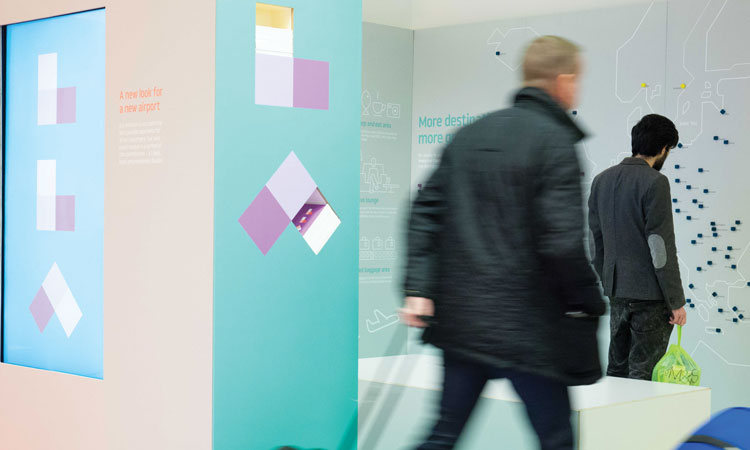

The expectations of time-pressed business travellers are different from families heading off on well-earned holidays. However, one thing that is true for all types of passenger is that the journey starts at the airport, not when they get to their destination.
To meet that expectation we need to understand that some of the things passengers value are tangible, such as having a great selection of shops and restaurants, but one, if not the most important feature, of a great passenger experience is less tangible: simplicity.
Ensuring a simple and straightforward passage through the airport helps passengers to relax and gives them the luxury of time before their flight. But it is not easy to achieve; the airport is full of potential bottle-necks – from check-in and security to boarding, immigration and baggage reclaim. And that’s before you even consider the impact of transport connections to and from the airport.
Managing passenger flow
For this reason we have long been conscious that the success of our investment and transformation plans will depend on managing the flow of passengers through the airport effectively. The good news is that London Luton Airport (LLA) has a great natural advantage: customers already like the experience at LLA as our compact single terminal site means there are no difficulties navigating the facility or long dreary corridors to reach far-flung boarding gates. The furthest gate from the departure lounge can be reached in less than 10 minutes.
Accommodating a 50 per cent increase in passengers and delivering an improved experience at the airport is undoubtedly a challenge for us. However, through a combination of smart design and the use of innovative technology, we’re sure we will be able to achieve it.
Getting to the airport
The first thing we recognise is that a passenger’s journey starts even before they arrive at the terminal door. Improving surface access arrangements is therefore a hugely significant part of our transformation programme.
LLA’s location, near great transport links, is a big attraction for frequent flyers. Business travellers, who make up a fifth of our passengers, particularly appreciate that we offer direct access to central London or north to the East Midlands via the M1. The access was greatly improved this year with a major overhaul of Junction 10a, which connects the airport to the motorway. The remodelled junction ensures rapid access for motorists.
But that’s not all. In September 2015 we began a multi-million pound upgrade to the on-site road, set-down area and car parking facilities. This will widen the airport approach road into a dual carriageway, and building a new bus and coach interchange with a remodelled set-down and car parking areas will make road access as easy as possible. This will be further helped by the construction of a new multi-storey car park which will be completed in 2016.
These are major improvements, but we know we cannot rely on vehicle access alone to reach our goal of accommodating 18 million passengers per year. Currently, travelling to the airport by rail is not a viable option for at least 25 per cent of our passengers due to a lack of overnight train services. We are therefore also driving a dramatic increase in our rail connectivity.
We have worked closely with the Department for Transport (DfT) and franchise operator Govia Thameslink Railway (GTR) to improve services between London St. Pancras and Luton Airport Parkway. As a result, we will see the introduction of at least two trains per hour throughout the night before the end of 2015. Oyster Card services will also be introduced, allowing passengers to travel right through to the terminal door using contactless technology.
But we’re looking to go further. We are continuing to work with our partners to improve signage, simplify ticketing and add new services on the Thameslink line. We are also feeding into the planning of the new East Midlands Trains (EMT) franchise which begins in early 2018. Our aim is to increase the current one train per hour service stopping at the airport station to four per hour. With frequent fast train services and a journey time to the capital of less than 20 minutes, passengers will have an express train offer from St. Pancras on a par with other London airports, giving them more flexibility and choice.
Better by design
Like many airports, LLA’s growth over its 77-year history has required us to gradually expand and adapt various parts of the facility. Over time, this piecemeal approach has eroded the site’s cohesiveness and operational efficiencies that enable the airport to realise its full potential. However, the scale of our major redevelopment programme gives us a unique opportunity to radically remodel and enlarge the internal layout to the benefit of our passengers.
The first stage of that process is already complete. We have successfully relocated our security search hall downstairs. Eventually, the new security area will be more than double the size of the previous space. Not only that, but the redesign will make for a much quicker and intuitive journey, with passengers now immediately able to access check-in if required or directly to security search, reducing congestion and simplifying the whole process.
The benefits of relocating security downstairs can then be clearly seen upstairs. By freeing-up that area we will be able to extend the departure lounge, providing space for a greatly expanded range of shopping and eating options alongside our newly opened £1 million Executive Lounge.
We retain our single terminal layout, enabling passengers to benefit from having only a short distance to walk to the boarding gates, but the North pier will be expanded, while the addition of a new South pier will enable us to add new boarding gates. The changes will allow us to double the size of our immigration and arrivals area, while also allowing more space for those meeting arriving passengers.
The internal redesign will be augmented through a custom way-finding strategy and installation. The new system, when complete, will use universally understood terminology and iconography to help ensure that the process of navigating the site is stress-free, quick and easy.
Even once passengers have boarded their plane, our transformation plans will still be helping to smooth and speed-up their journey – by improving the layout of the airfield, adding new taxiways and extending existing ones, aircraft will position more quickly, freeing-up runway capacity and making it super-efficient.
Effective use of technology
The terminal expansion and changes to the internal layout will have a profound effect once construction work is completed around 2019. But as demand for air travel is growing at a rapid rate, the space alone will not guarantee the smooth flow of passengers around LLA. That’s why at the same time we are making major investments in technology that will allow us to simplify the journey even further.
The difference can already be seen in our new security hall where we have invested in the latest scanning technology. The new automated tray return equipment and increased lane length has significantly improved throughput by providing more space for passengers to prepare and repack. The result has seen major improvements in operational efficiency and improved customer satisfaction.
The arrivals process will be similarly transformed. Passport control will have more of the latest automated e-Passport gates, allowing staff to focus on priority cases while the majority of passengers can speed straight through. Our baggage reclaim systems will be updated, ensuring ground handling agents are able to transfer luggage to reclaim belts more quickly than ever.
What’s more, the airport is also adopting new technology to monitor passenger movements and prompt operational improvements. Most recently we’ve begun using anonymised facial recognition software to track the flow of passengers through the terminal to help our teams on the ground measure queue times in real-time. Such insight means staffing levels can be quickly adjusted in accordance with demand. The result will be fewer and shorter queues and ultimately, more relaxed and satisfied passengers.
These changes will be transformational for LLA. Passengers will note the improvements throughout their journey inside and outside the terminal and whether they are arriving or departing. The mix of design solutions and the latest technology will deliver much greater operational efficiency, allowing us to meet the demands of handling 18 million passengers per year. Most of all, however, the changes will have a hugely positive impact on the passenger experience and the result will be to make LLA the airport of choice for travellers.
Biography
Neil Thompson is Operations Director for London Luton Airport (LLA). Neil began his career at civil engineering consultancy Thorburn Colquhoun, where he spent 10 years designing highways around the world. He moved into aviation in 1997, joining LLA’s Planning and Development team working on a new terminal building and additional taxiways. He subsequently became Airfield Environment Manager and then General Manager for Business Compliance and Fire, before becoming Operations Director in 2009. He is responsible for airfield and terminal operations, the airport fire and rescue service, air traffic control, maintenance, security and LLA’s noise management programme.
Issue
Related topics
Airport development, Passenger experience and seamless travel, Passenger volumes, Regulation and Legislation, Sustainable development, Terminal operations




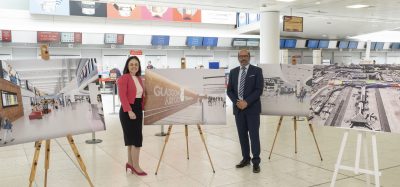
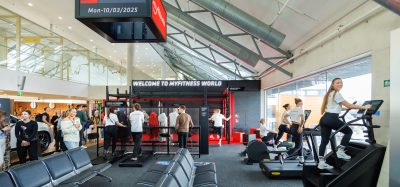
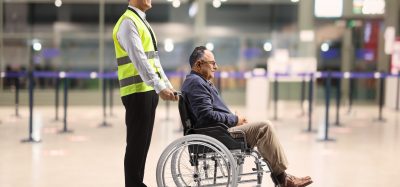
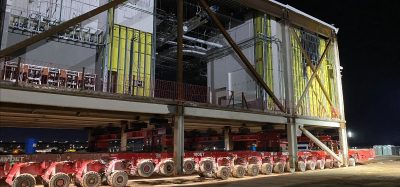











I am a little surprised my experience at Luton has not been enhanced , I parked in carpark 2 and my car written off I refute mr Thompson s statement earlier this week most claimed settled as the uninsured losses far from settled.
I read a report after the dec 31st inferno in a Liverpool car park it clearly stated sprinklers would have helped, so please explain why Luton Airport spent 20 million on a car park with no sprinklers or other fire mitigation . Why did Luton not learn from Liverpools experience 2 years alter
Thank you for your comment. We understand your frustrations at this matter and suggest you visit Luton’s website and contact us page for further support.